Home>Home Appliances>Heating & Cooling>When Were Heated Floors First Invented?
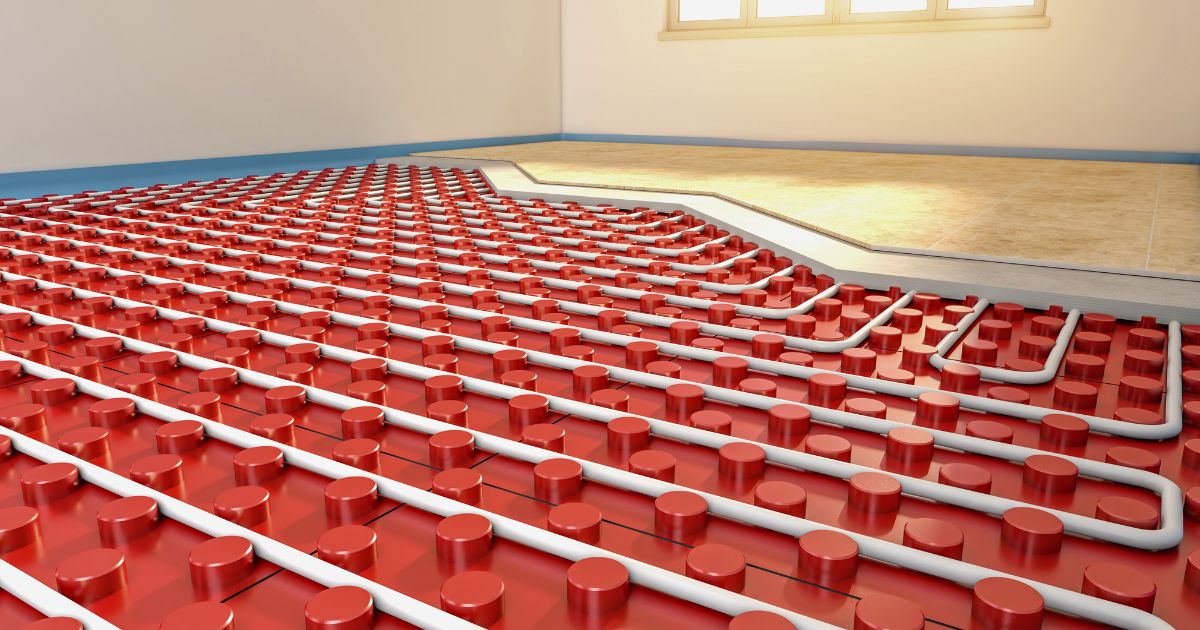

Heating & Cooling
When Were Heated Floors First Invented?
Modified: January 4, 2024
Discover the history of heated floors and their invention. Learn about the evolution of heating and cooling systems over time. Explore the origins of modern heating technology.
(Many of the links in this article redirect to a specific reviewed product. Your purchase of these products through affiliate links helps to generate commission for Storables.com, at no extra cost. Learn more)
Introduction
Welcome to the fascinating world of heated floors! Imagine stepping onto a warm surface during a chilly morning or coming home to a cozy environment where every step brings comfort. Heated floors, also known as radiant floor heating, have a rich history dating back to ancient times. This innovative method of heating spaces has evolved over the centuries, offering both practicality and luxury to countless individuals.
In this article, we will embark on a journey through time, exploring the origins and development of heated floors. From ancient civilizations to modern advancements, we will uncover the evolution of this ingenious heating solution. Join us as we delve into the history of heated floors, discovering the remarkable innovations and the enduring appeal of this age-old concept.
Key Takeaways:
- Heated floors have been around since ancient times, used by Romans, Koreans, and Chinese. They’ve evolved into modern electric and hydronic systems, offering luxurious comfort and energy efficiency in homes and commercial spaces.
- The history of heated floors showcases human ingenuity and the pursuit of comfort. From ancient hypocaust systems to modern radiant heating, this age-old concept continues to inspire sustainable and efficient heating solutions for future generations.
Read more: When Were Curtains Invented
Ancient History of Heated Floors
Our exploration of heated floors begins in ancient times, where early civilizations ingeniously utilized this method to combat the cold. The concept of underfloor heating can be traced back to the ancient Romans, who constructed hypocaust systems to warm their dwellings and public baths. These intricate systems featured raised floors supported by pillars, allowing hot air from a furnace to circulate beneath the floor, thereby heating the space above. The Romans recognized the comfort and efficiency provided by radiant floor heating, establishing a precedent that would endure for centuries to come.
Similarly, in Asia, the Korean Ondol and the Chinese Kang systems employed underfloor heating, demonstrating the widespread adoption of this heating technique across different cultures. The Ondol, a Korean underfloor heating system, utilized a raised hearth to generate heat, which then circulated beneath the floor, warming the living space. Meanwhile, the Chinese Kang, a heated bed-stove, not only served as a sleeping platform but also provided radiant heat to the surrounding area.
These ancient heating systems exemplify the resourcefulness and innovation of early societies, showcasing their adeptness at harnessing natural elements to enhance comfort and well-being. The enduring legacy of underfloor heating in ancient civilizations laid the groundwork for its evolution and widespread use in the centuries to come.
Heated Floors in the Middle Ages
As we transition to the Middle Ages, we uncover further advancements in the realm of heated floors. During this era, underfloor heating continued to be an integral feature of architectural design, particularly in the grand estates and castles of Europe. The hypocaust system, inspired by the Roman model, persisted as a prominent method of heating larger structures, exemplifying the enduring influence of ancient heating techniques.
One notable example of underfloor heating during the Middle Ages is the Great Hall of Winchester Castle in England, where a sophisticated hypocaust system was employed to create a comfortable environment for gatherings and feasts. The intricate network of channels and flues beneath the stone floor allowed for the circulation of warm air, ensuring that the expansive hall remained temperate even during the coldest seasons.
Moreover, the Islamic world made significant strides in the development of underfloor heating, with the utilization of clay pipes known as “Zur” to distribute heat beneath the floors of bathhouses and mosques. This innovative approach to radiant heating showcased the cultural exchange and technological advancements of the era, further enriching the history of heated floors.
Throughout the Middle Ages, the refinement and adaptation of underfloor heating techniques continued to demonstrate the enduring appeal and practicality of this heating method. The integration of heated floors into architectural marvels and communal spaces underscored the intrinsic value placed on warmth and comfort, shaping the evolution of radiant floor heating into the modern era.
Heated floors were first invented by the ancient Romans around 5000 BC, who used a system called “hypocaust” to heat the floors of their buildings.
Heated Floors in Modern Times
The evolution of heated floors has continued into modern times, witnessing remarkable innovations and widespread adoption across residential and commercial settings. In the 20th and 21st centuries, radiant floor heating has experienced a resurgence, fueled by technological advancements and a growing emphasis on energy-efficient heating solutions.
One of the most notable developments in modern heated floors is the widespread use of electric radiant heating systems. These systems utilize electric cables or mats installed beneath the flooring to generate radiant heat, providing an efficient and customizable heating solution for various spaces. Electric radiant heating has become increasingly popular due to its ease of installation, precise temperature control, and compatibility with a wide range of flooring materials.
Furthermore, advancements in hydronic (water-based) radiant heating systems have revolutionized the industry, offering exceptional energy efficiency and consistent warmth. Hydronic systems circulate heated water through a network of PEX tubing installed within the floor, delivering luxurious and cost-effective heating for homes, commercial buildings, and even outdoor spaces.
Modern heated floors have transcended mere functionality, evolving into a hallmark of luxurious comfort and sophistication in interior design. The seamless integration of radiant heating into various flooring types, including tile, hardwood, and laminate, has elevated the appeal of heated floors, transforming them into a sought-after feature in modern construction and remodeling projects.
Beyond residential applications, heated floors have found extensive use in commercial and institutional settings, enhancing comfort and energy efficiency in spaces such as offices, hotels, healthcare facilities, and educational institutions. The versatility and adaptability of radiant floor heating have positioned it as a leading choice for architects, designers, and property owners seeking to optimize indoor environments.
As the demand for sustainable and efficient heating solutions continues to grow, heated floors stand at the forefront of innovation, offering a harmonious blend of comfort, energy efficiency, and aesthetic appeal in today’s built environment.
Conclusion
The journey through the history of heated floors reveals a captivating narrative of ingenuity, resilience, and enduring comfort. From the ancient hypocaust systems of the Romans to the modern electric and hydronic radiant heating technologies, the evolution of underfloor heating has been a testament to human innovation and the pursuit of improved living conditions.
Throughout the ages, heated floors have transcended their utilitarian purpose, becoming synonymous with luxury, comfort, and efficient heating. The seamless integration of radiant heating into architectural marvels, residential dwellings, and commercial spaces has reshaped the way we perceive and experience warmth within our built environments.
As we reflect on the historical significance of heated floors, it becomes evident that this age-old concept continues to inspire contemporary advancements in sustainable heating solutions. The marriage of traditional principles with modern technology has propelled radiant floor heating to the forefront of energy-efficient and environmentally conscious heating practices.
Looking ahead, the legacy of heated floors is poised to endure, enriching the lives of future generations with its unparalleled warmth and comfort. Whether in the cozy confines of a home or the expansive halls of public spaces, radiant floor heating stands as a testament to the enduring pursuit of well-being and comfort through innovative design and engineering.
As we embrace the timeless allure of heated floors, we are reminded of the remarkable journey that has brought us to the radiant warmth beneath our feet, a testament to the enduring legacy of an ancient concept that continues to shape the way we experience and appreciate the comforts of home.
Frequently Asked Questions about When Were Heated Floors First Invented?
Was this page helpful?
At Storables.com, we guarantee accurate and reliable information. Our content, validated by Expert Board Contributors, is crafted following stringent Editorial Policies. We're committed to providing you with well-researched, expert-backed insights for all your informational needs.
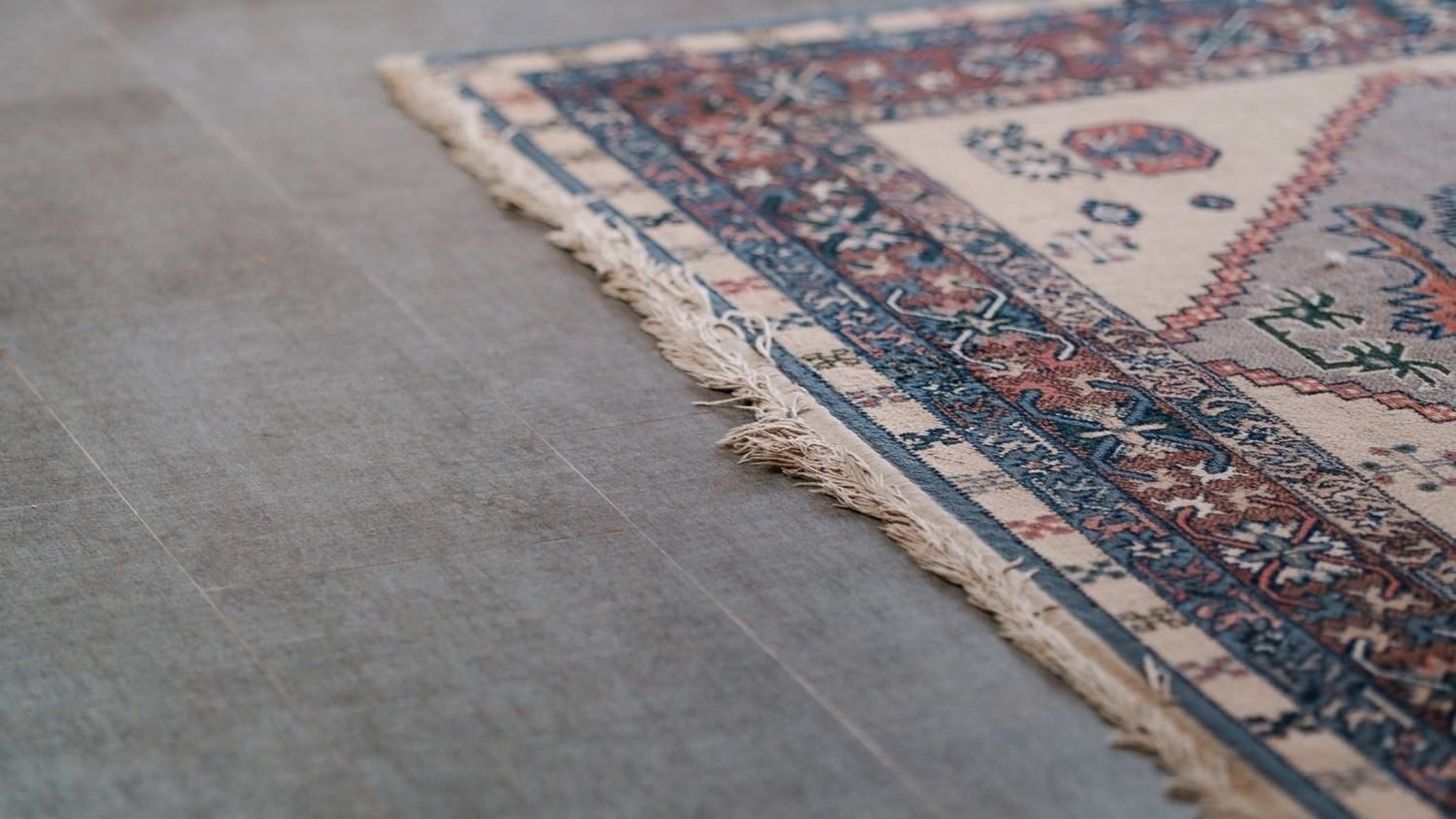
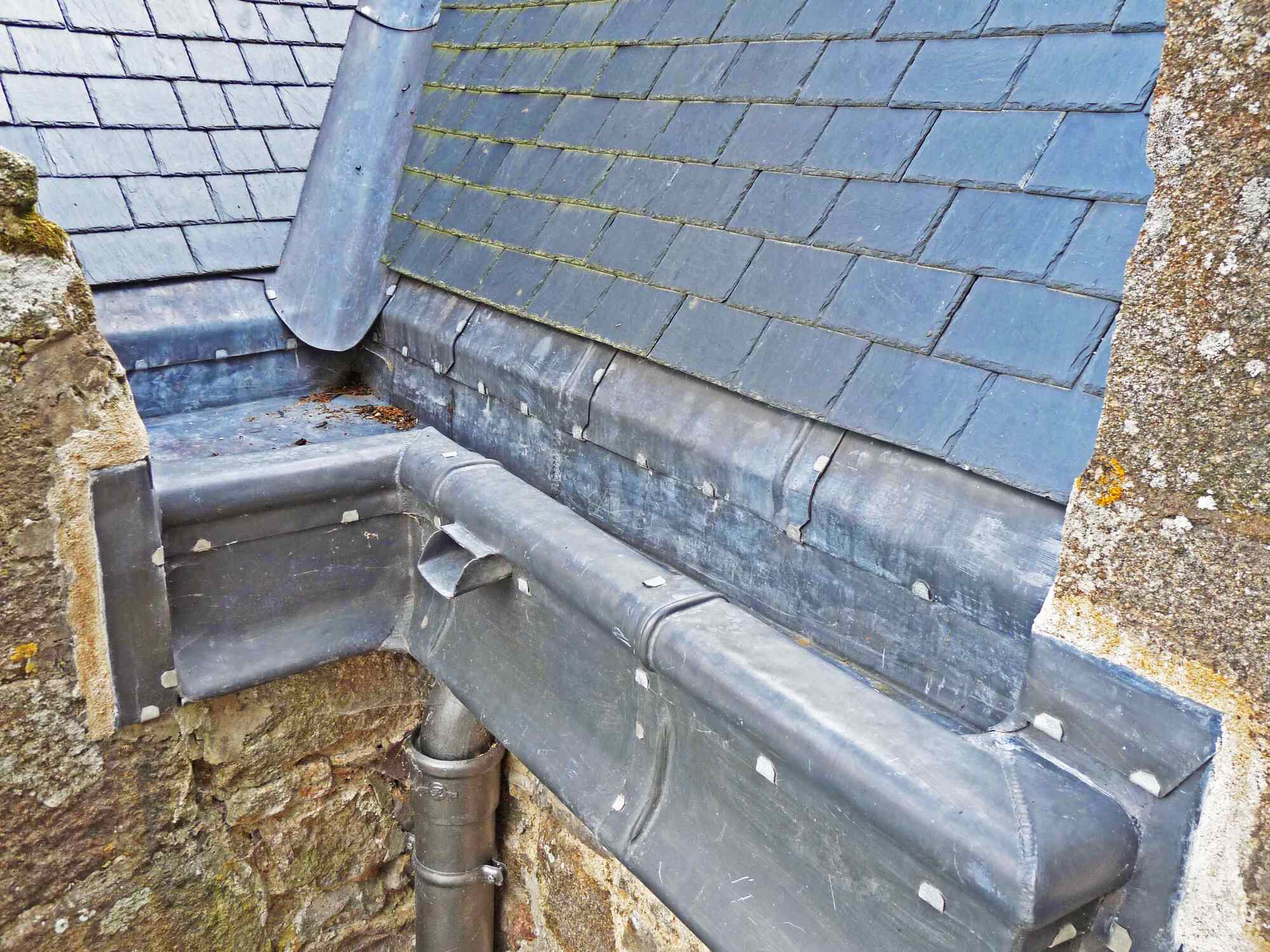
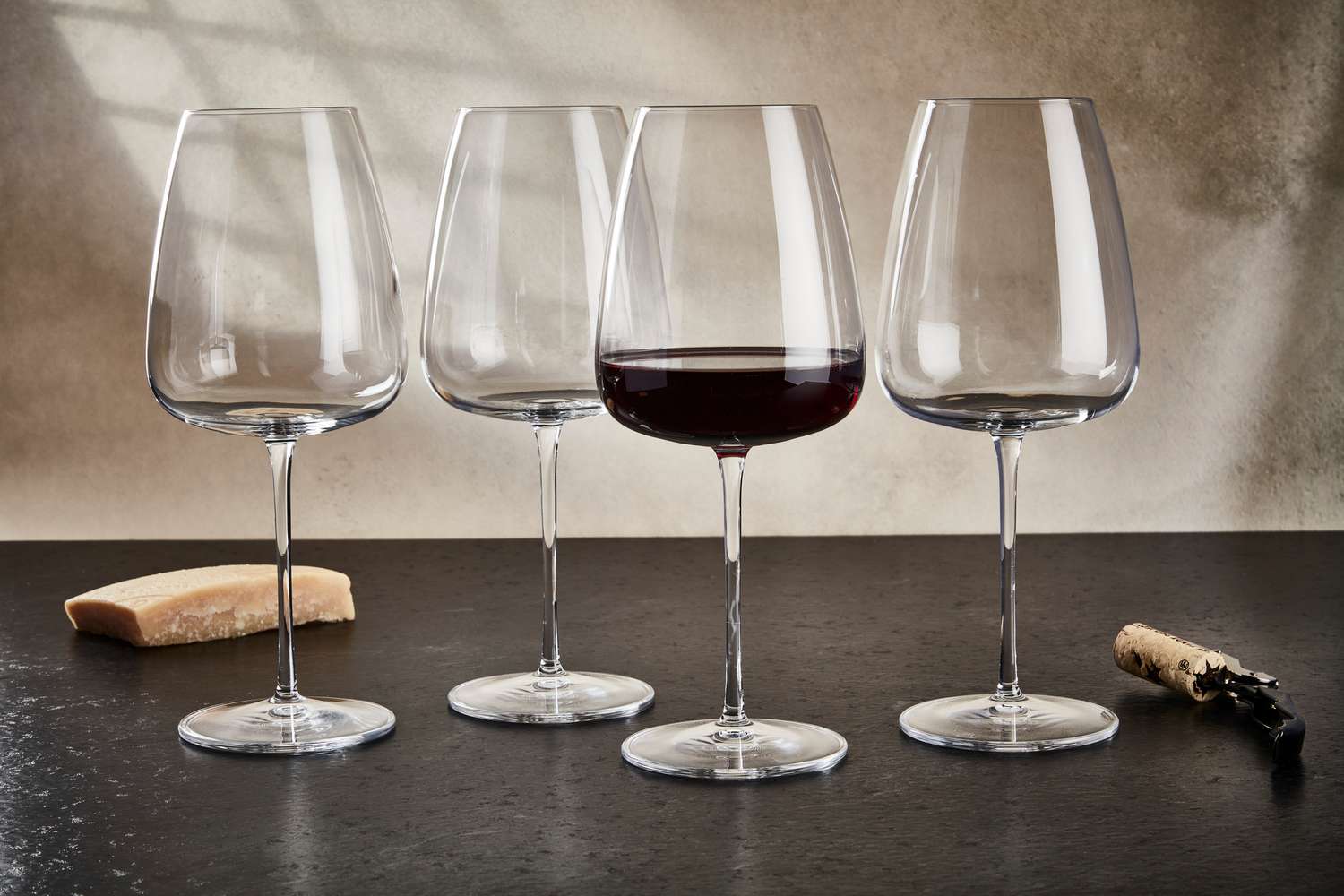

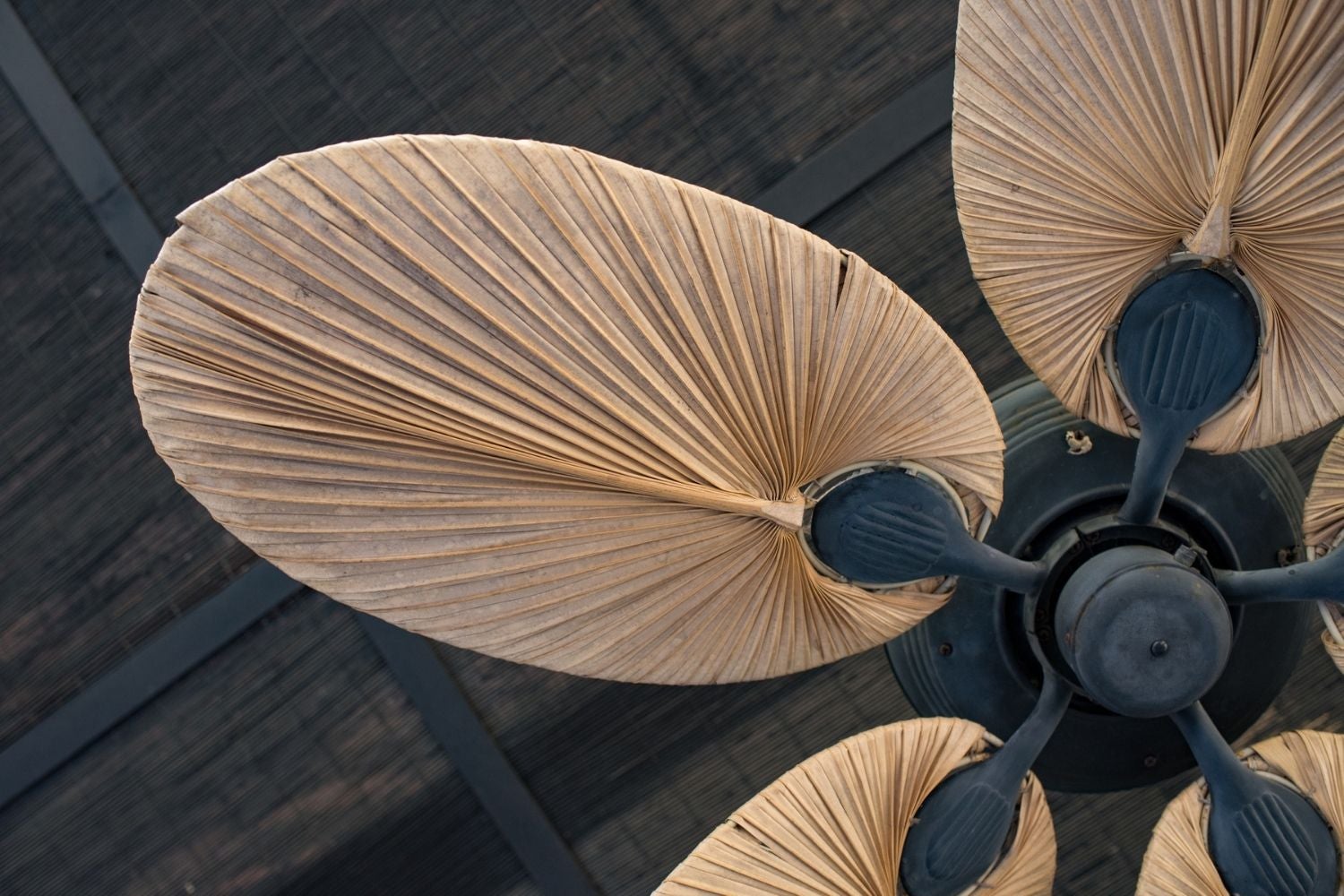

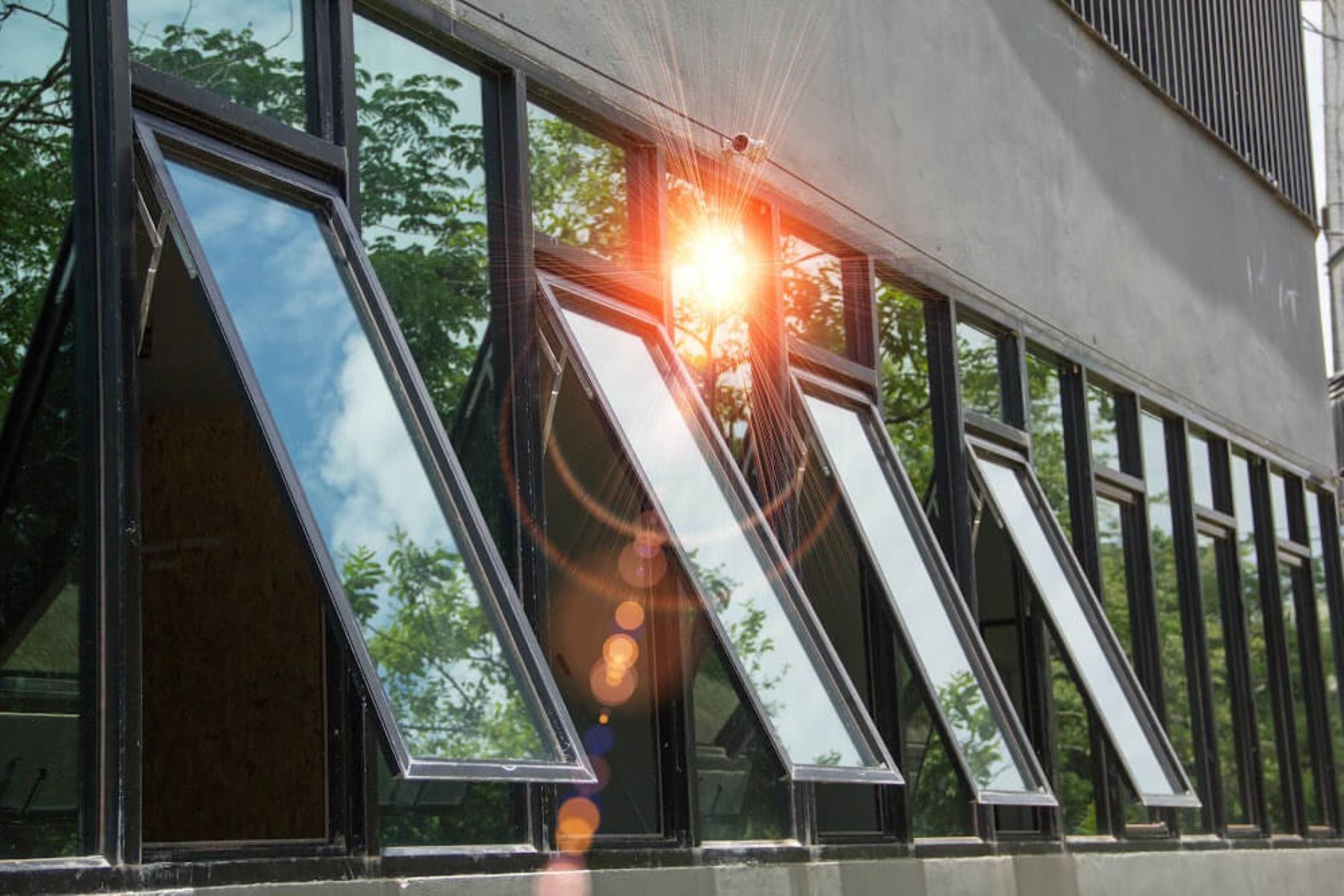
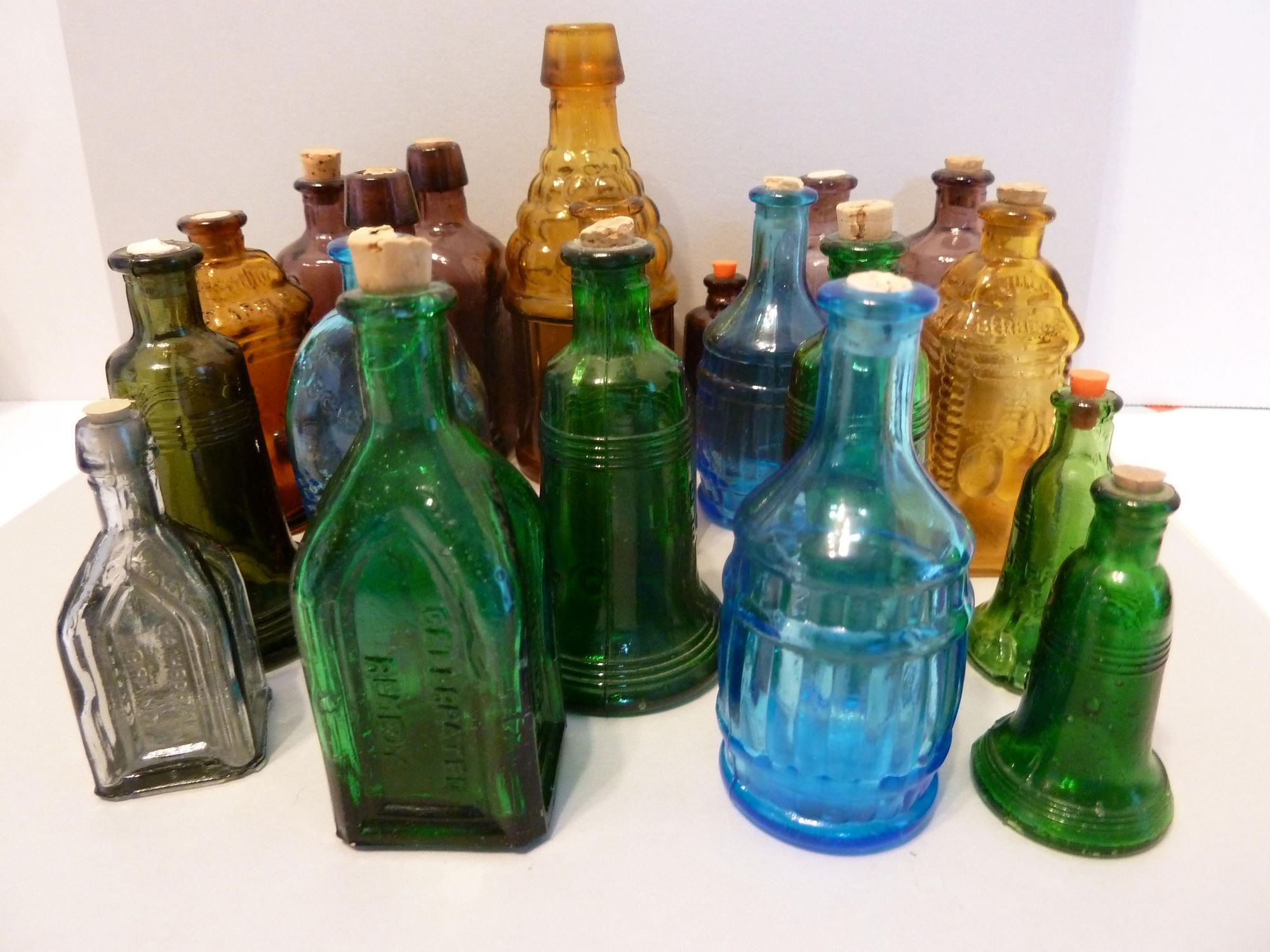
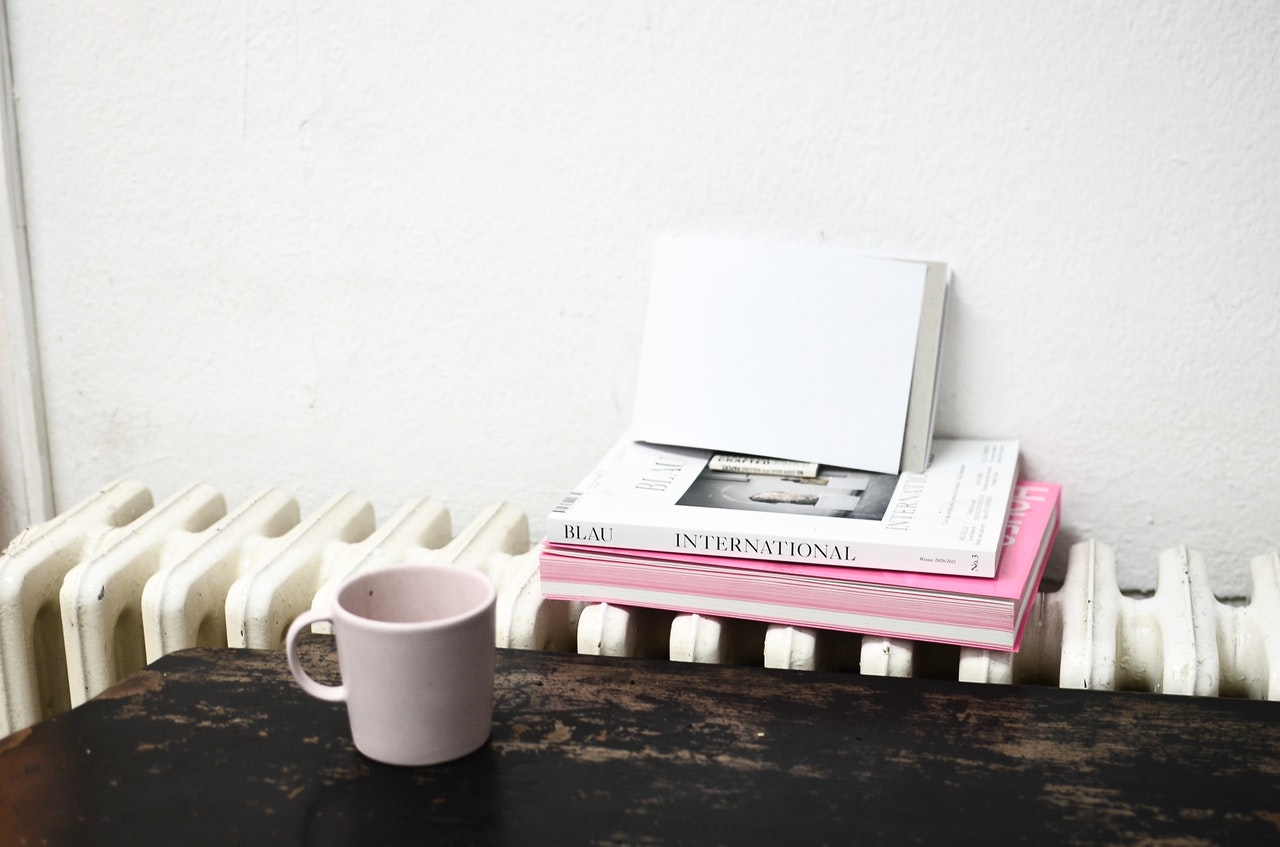
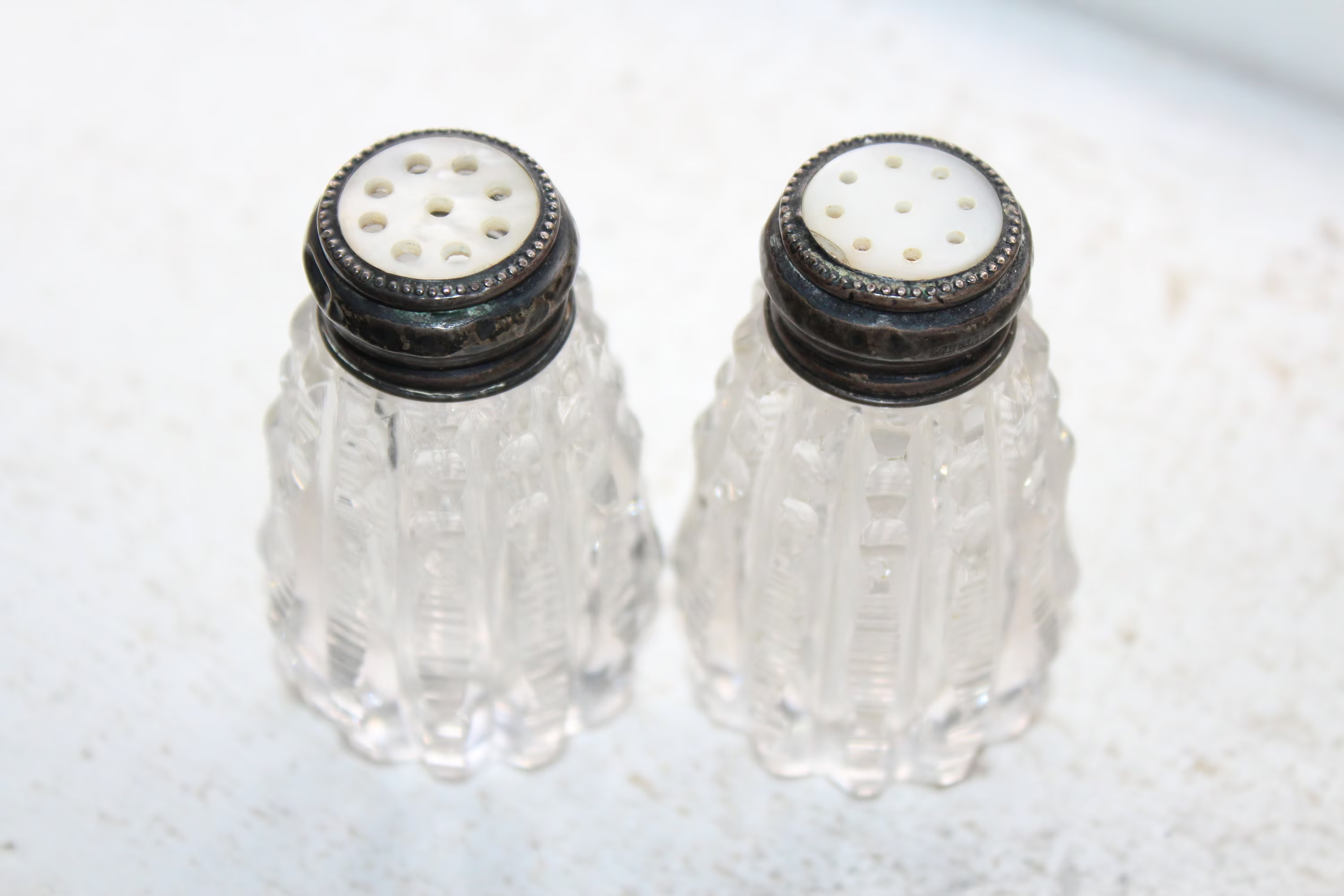
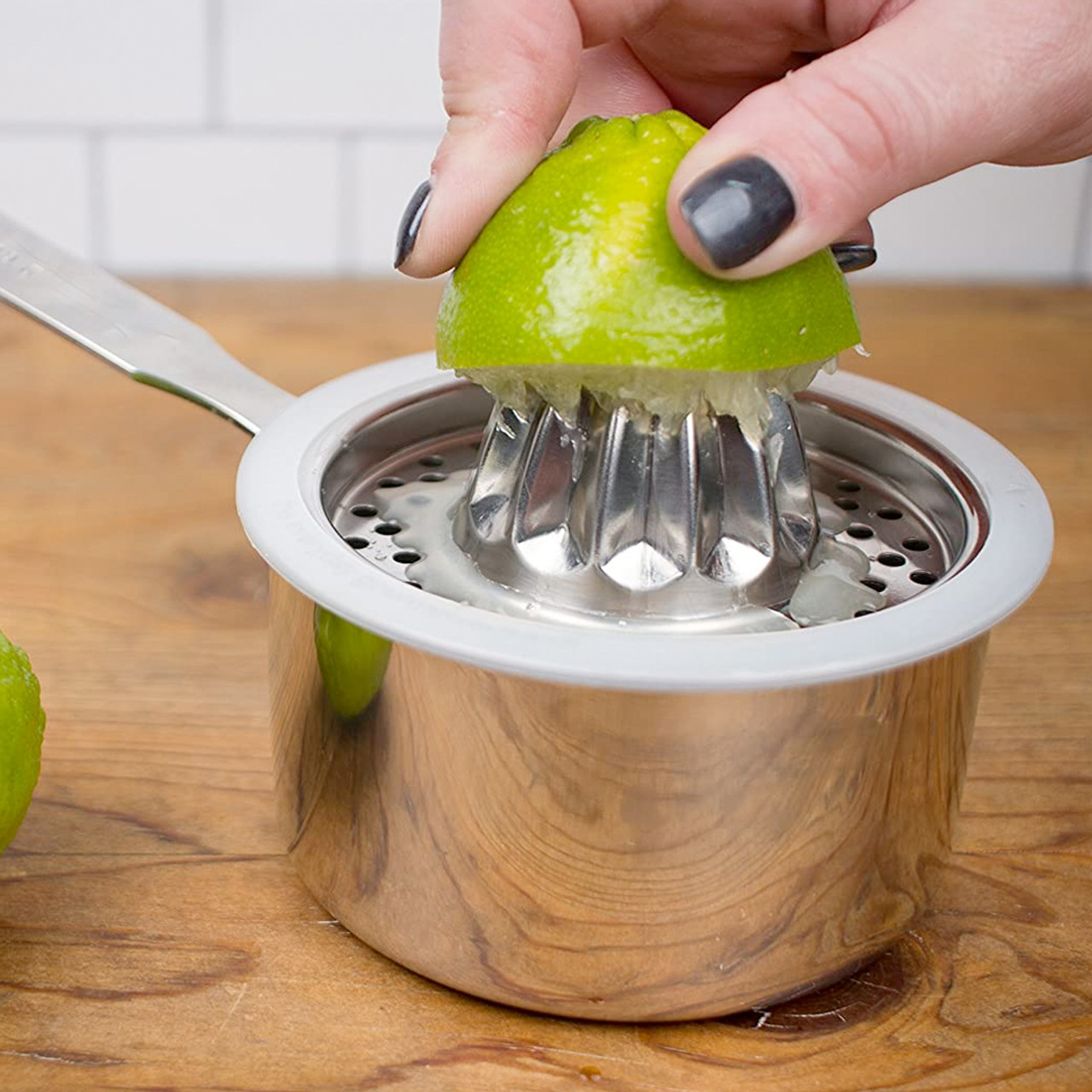
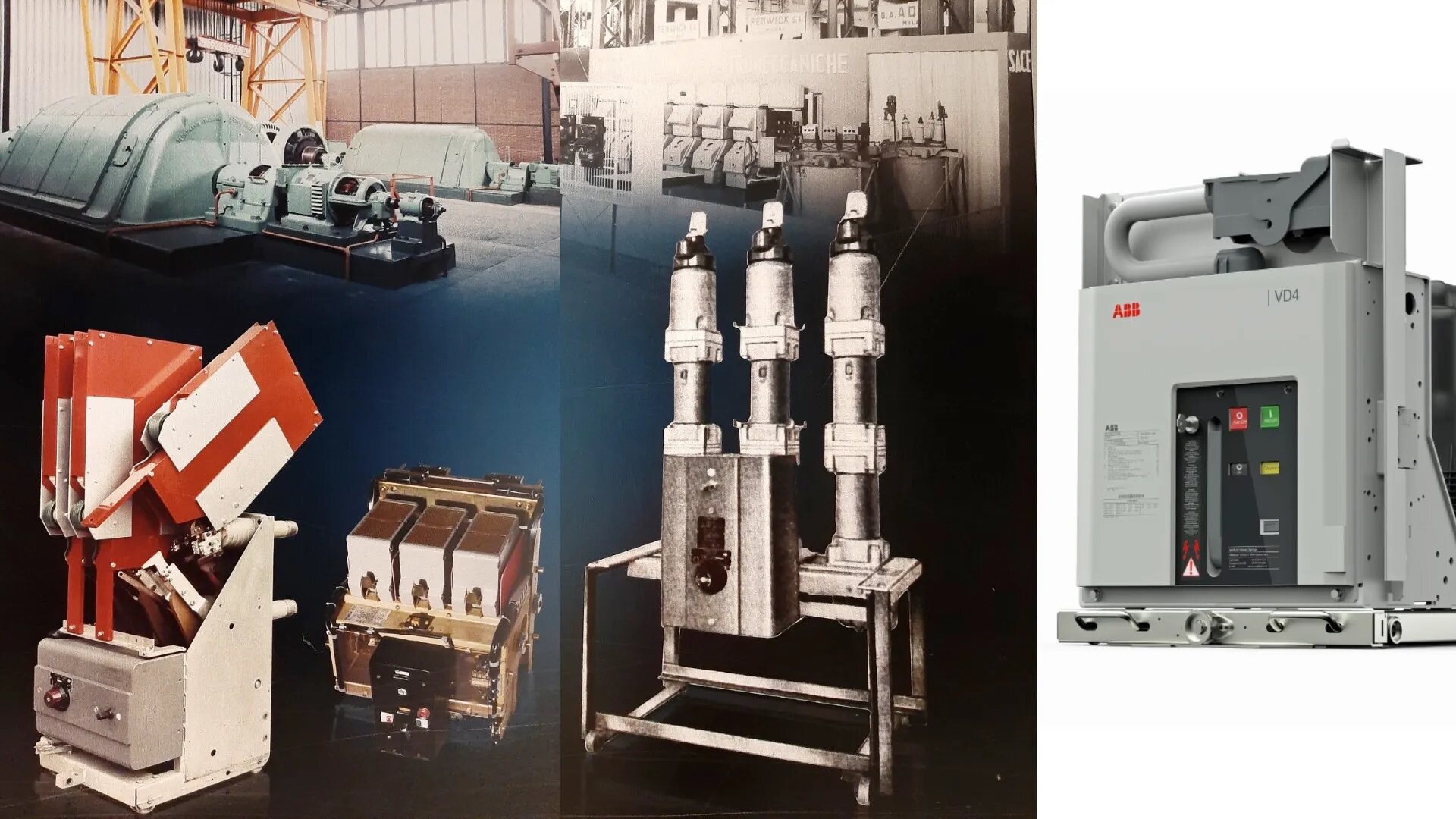
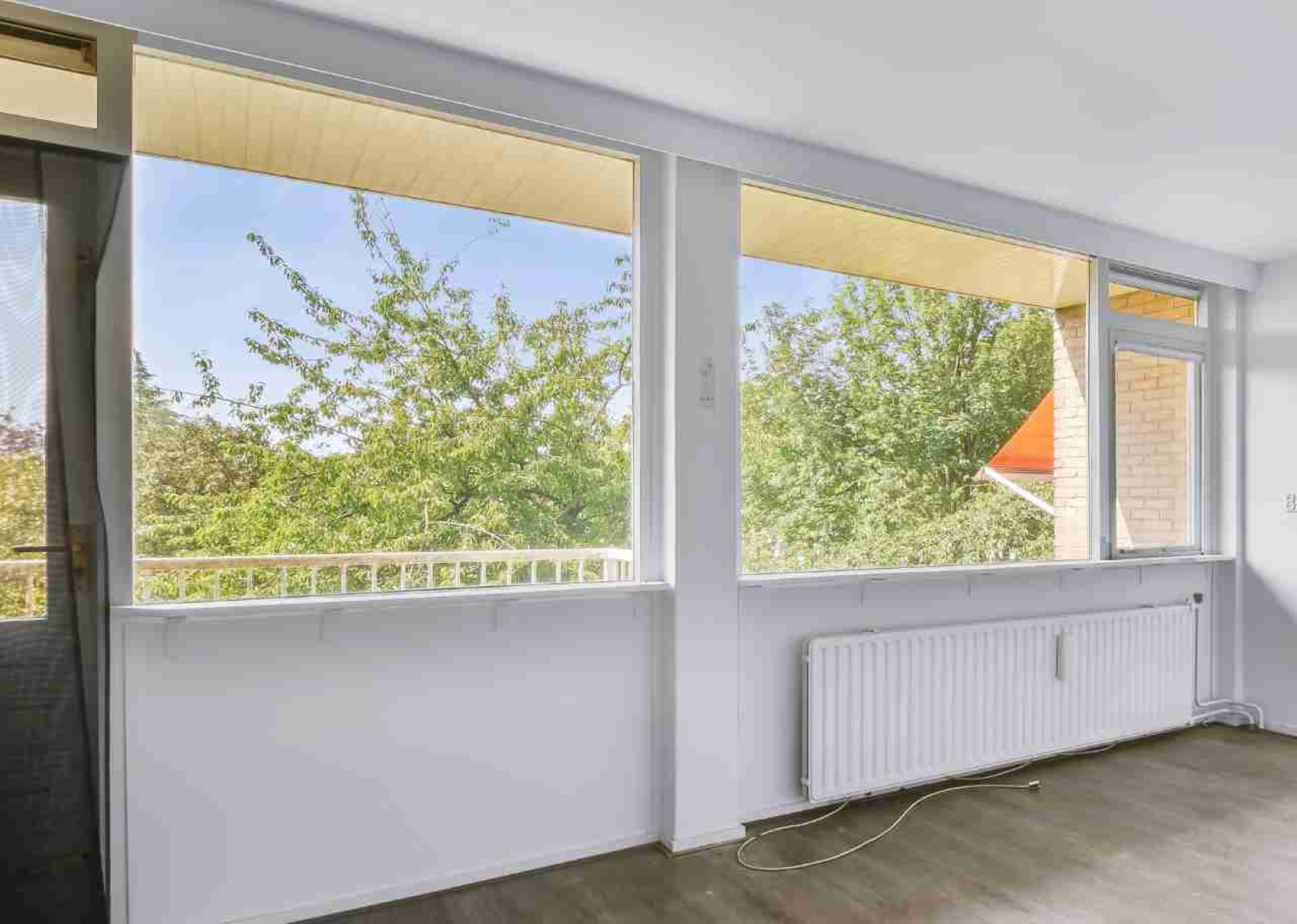
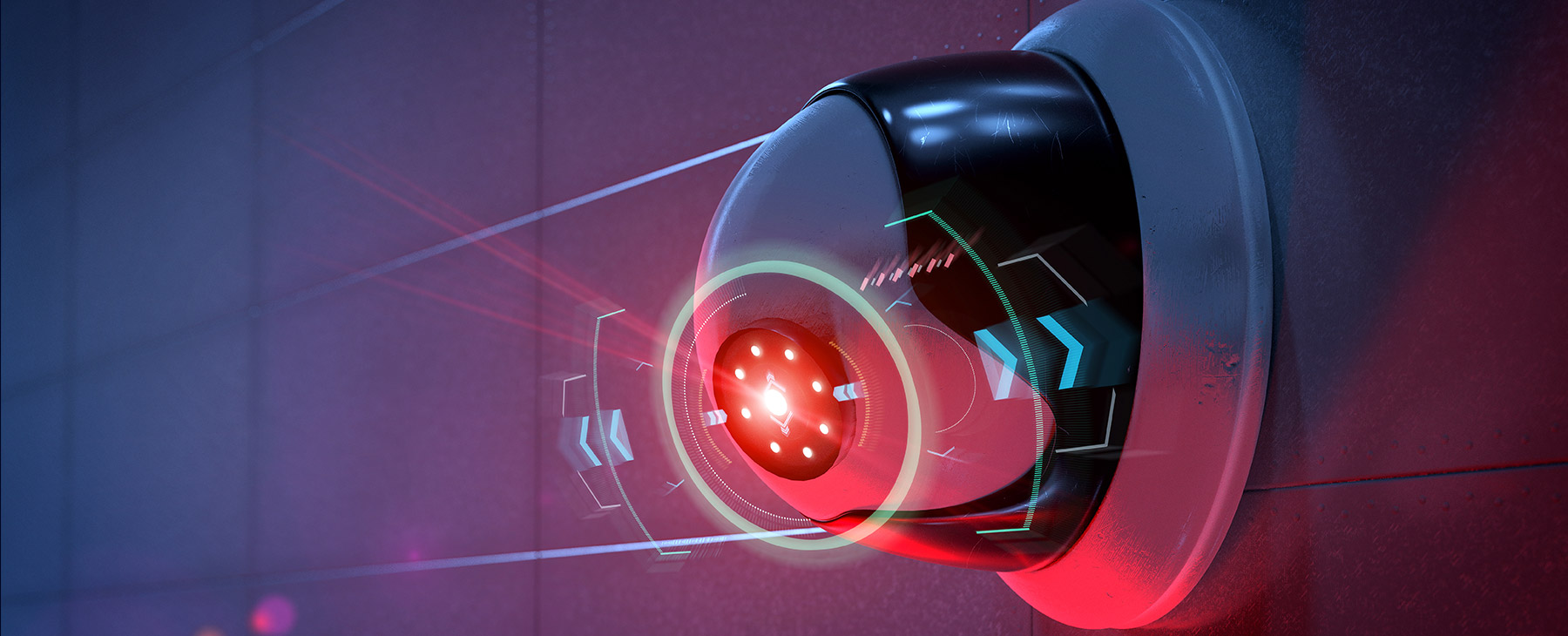
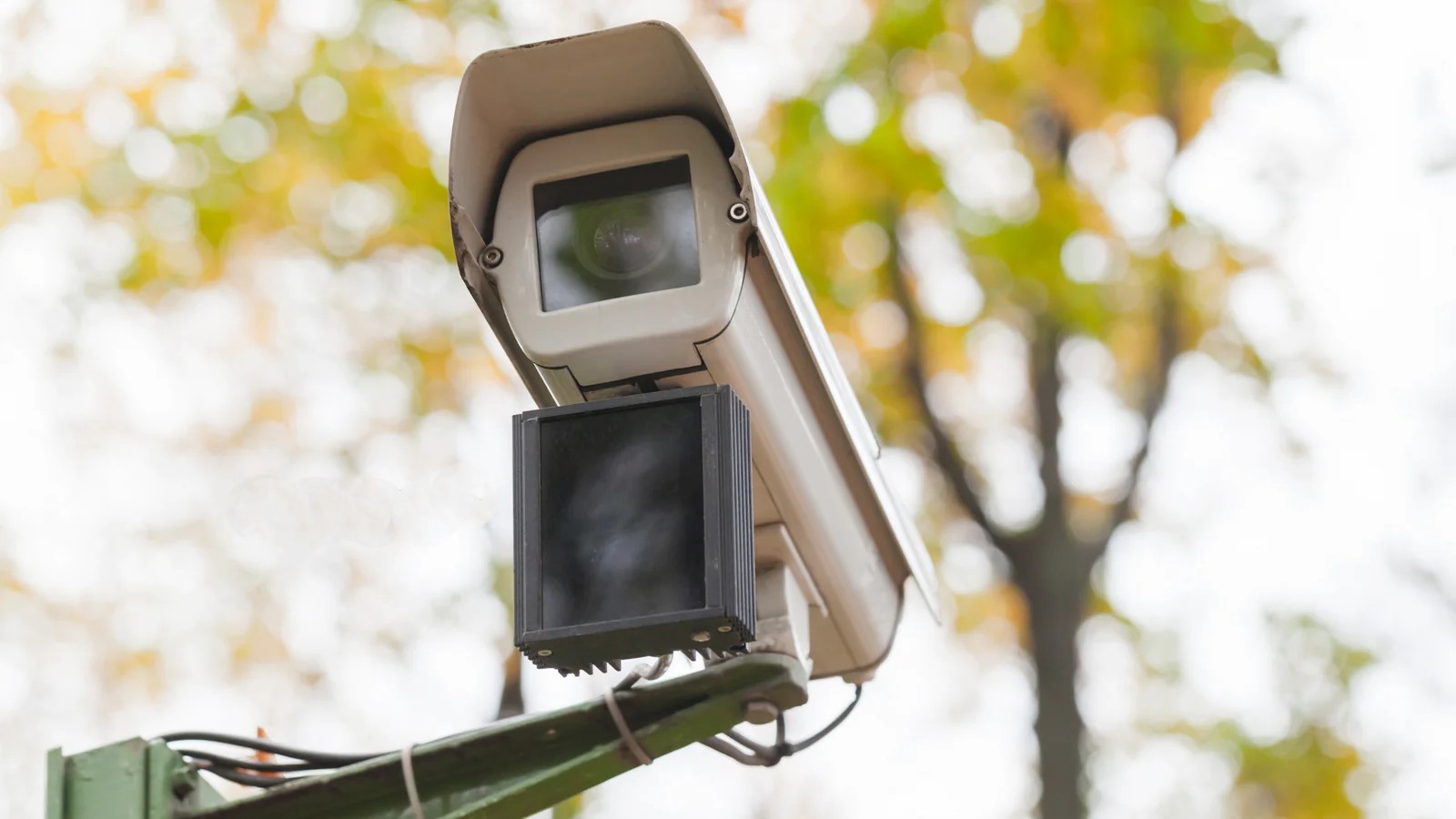

0 thoughts on “When Were Heated Floors First Invented?”